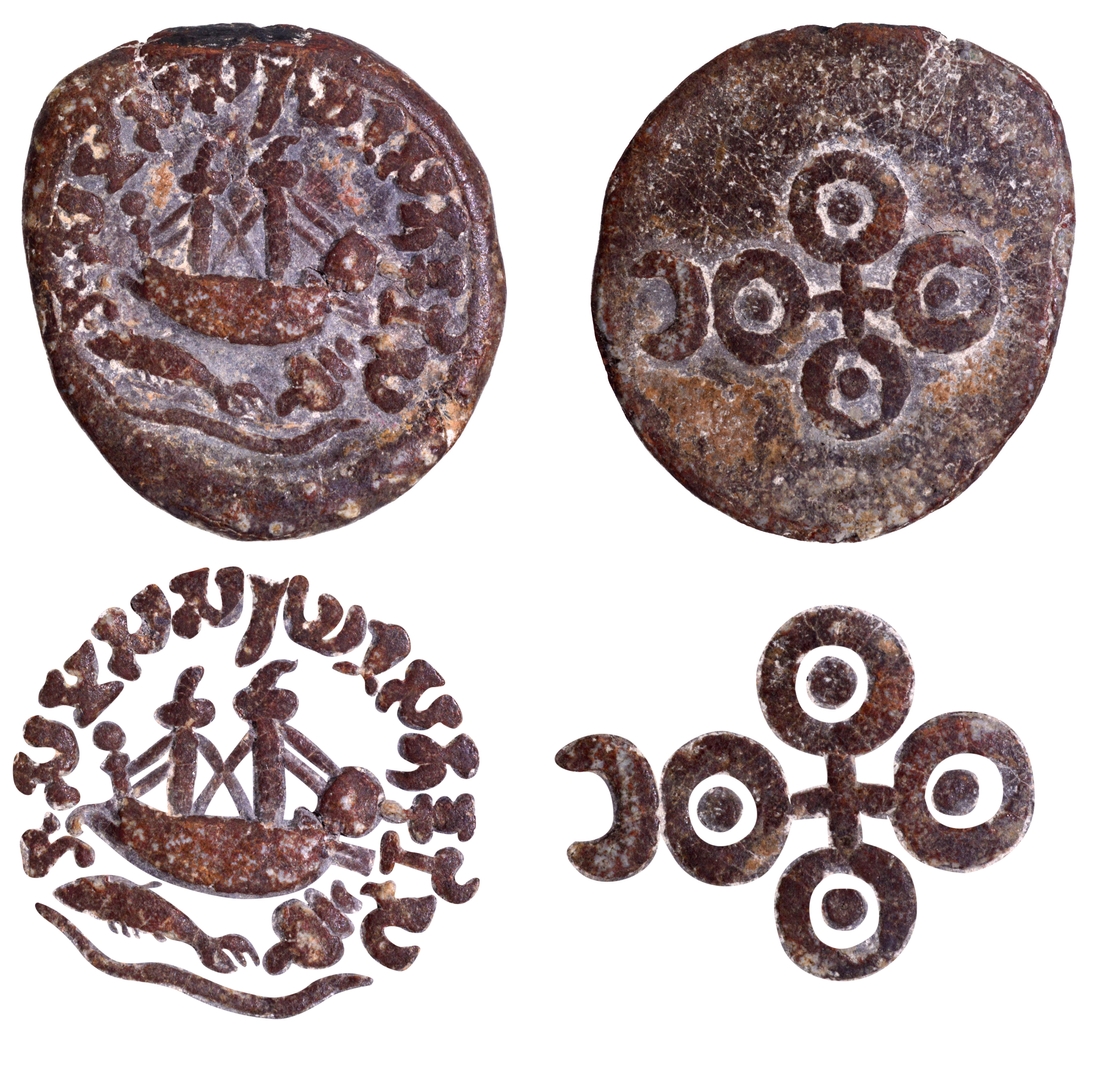This Lot is closed.
- P-Auction # 42
- Bids: 2
- Views:470
| Start Price 400000 | Estimated Price 400000-600000 |
| login, to view Hammer value | |
| Quick Description | ||||
|---|---|---|---|---|
| Denomination | Lead Unit | Metal | Lead | |
| Full Description: Satavahana Dynasty, Gautamiputra Yajna Sri Satakarni (167-196 CE), Lead Unit, Ship Issue, Obv: a ship with two masts, double strings for mast polls and furling flags for moving direction indication, a fish and a conch-shell (Shankha) at below i.e an underwater image, Brahmi legend "Shri Samisa (i.e. Swamisa) Siri Yana Satakanisa" above, Rev: an Ujjaini symbol in the center with a dot in each orb and a crescent attached, 8.99g, 21.20mm, (Mitch. K&A # 138), original patina, centrally struck, complete script around, superb quality, choice extremely fine, Unique. Note: India's maritime history, extending over millennia, finds detailed mention in diverse ancient Indian texts such as the Rig Veda, Ramayana, Mahabharata, Atharva Veda, Samhita, and Kautilya's Arthashastra. Buddhist Pali texts and Jataka stories also contribute to this narrative, exploring sea voyages, shipbuilding techniques, and various maritime activities. Notably, the historical significance is underscored by the recognition of Lothal in Gujarat as the world's earliest port, believed to have been constructed during the Indus Valley Civilization around 3700 BC. Satavahana empire was founded by Raja Simuka in the 3rd century BC. It ruled the Deccan plateau. Originating in the Krishna-Godavari region. Most of the Satavahana dominions remain unexplored. Their influence extended to Maharashtra (around Nasik). The Deccan was ignored, and coastal trade dominated. Kharavela and Satavahana empires connected via Maritime Trade, particularly with the Romans. In the early Andhra trade, muslins, flour, grain, salt, spices, pepper, and bangles were traded. Machilipatnam was known for cotton clothes. Italian wine, topaz, coral, and copper were imported in return. Coins depicting ships were issued by Vasisthiputra Pulumavi and Gautamiputra Yajna Sri Satakarni. A ship with masts appears on Vasisthiputra Pulumavi's coins. On the Gautamiputra Yajna Sri Satakarni coins, we see a ship with two masts and fish and conch below it. It is evident from these coins that maritime trade was brisk during the Satavahana period. Moreover, numerous gold coins of Roman emperors have been discovered in Satavahana-Ikshvaku areas, supporting these brisk trade relations. It is a coin of the highest rarity and importance! The piece has never been offered in such superb condition before in any auction. | ||||



